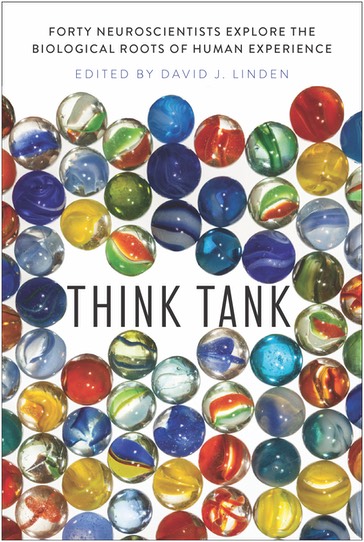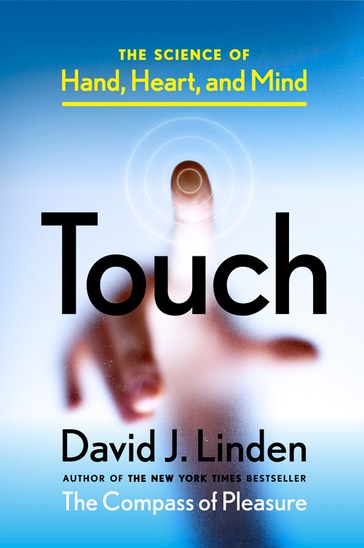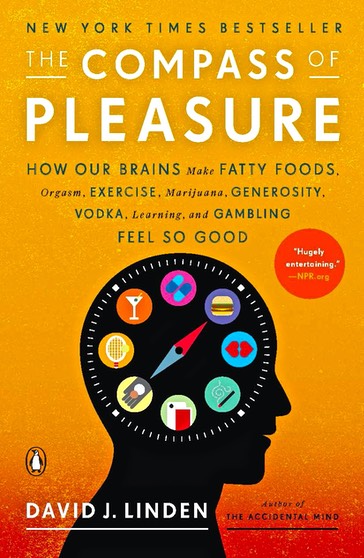Recently, hundreds of indigenous people staged a protest in front of the US embassy in La Paz Bolivia in which they chewed coca leaf and chanted “Coca es medicina!” The protest was peaceful and good-natured with protestors offering coca leaves to the Bolivian police, some of whom were more than happy to join in.
They were supporting a Bolivian government campaign to amend the 1961 UN Single Convention on Narcotic Drugs to remove language that bans the chewing of coca leaf. Bolivia wants to amend a UN drugs treaty that bans chewing coca, which is an ancient tradition in the Andes. Bolivian President Evo Morales, who is a former coca grower, has long advocated the recognition of coca as a plant of great medicinal, cultural and religious importance that is distinct from cocaine, which is a much more potent psychoactive drug that must be extracted froma large amount of coca leaves.
The US government has said it will veto the amendment because they contend that it would weaken the fight against cocaine production. In a statement, the US embassy said Washington recognized coca-chewing as a “traditional custom” of Bolivia’s indigenous peoples but could not support the amendment to the UN Convention of 1961.
This is fascinating debate at the intersection of neuroscience and public policy. It boils down to this: are there drugs that have an addiction profile such that they should be legal in one physical form but illegal in another?
For a particular addictive drug like cocaine, nicotine or heroin, it seems that the exact mode of intake is crucial in determining its risk for addiction. For example, cocaine may be injected, smoked, snorted or ingested, and it’s well established that it is more addictive when it is smoked or injected than when it is snorted. This is the basis of the crack cocaine epidemic that devastated many communities in the late 1980’s and that continues to be a scourge to this day. Smoked or injected cocaine is more addictive because it reaches the target neurons in the brain with a rapid onset, while snorted cocaine produces a pleasure rush that comes on somewhat more slowly. Ingested cocaine from coca leaf chewing—the traditional practice in the Andes mountains of Peru and Bolivia—has an even slower time-course of onset and is by far the least addictive route of administration.
It’s important to note that even injecting or smoking cocaine does not inevitably result in addiction. A recent study of drug use in the US estimates that about 22% of all people who have tried injected or smoked cocaine have become cocaine addicts. This compares with about 8% for cannabis and about 4% for alcohol. However, consider this shocking statistic: 80% of all of the people who try cigarettes become addicted. In part, that remarkably high number reflects the fact that tobacco is legal and that the health and lifestyle penalties for smoking cigarettes, while significant, are much less than those related to cocaine and often take many years to manifest.
Why is cigarette smoking so addictive when its psychoactive effect is comparatively so subtle? The reason is that the cigarette is the Galil assault rifle of the nicotine delivery world: fast and reliable. Consider that while a cocaine user injects a hit and feels a potent euphoric rush about 15 seconds later, he is not going to inject again for many hours. The cigarette smoker, on the other hand, will typically take 10 puffs from a single cigarette and will often smoke many cigarettes in the course of a day. Each puff will deliver nicotine to the pleasure circuit about 15 seconds later, approximately the same delay as for intravenous cocaine. So, while a typical injected cocaine addict may get two strong, rapidly delivered hits per day, the pack-a-day cigarette smoker will get 200 weak, rapidly delivered hits per day. But why does the nearly instant delivery of a drug to the brain, as with smoking cigarettes or injecting cocaine, carry a higher risk of addiction than slow delivery of the same drug, say, by chewing coca leaves or chewing tobacco?
One way to think about this is to consider that addiction is a form of learning. When someone uses a drug associations are made between a particular act (injecting the cocaine or chewing the coca leaves) and the pleasure that follows. To illustrate, imagine that you have a dog that you’re trying to train to come when called, using a tasty morsel of food as a reward. If you want to create a learned association, you’ll call the dog, and when it comes, you’ll immediately give it the treat. Now imagine that, instead of presenting the reward immediately (like injected cocaine), you wait 10 minutes, and then offer the reward (like chewed coca leaves). In the latter case, the connection between the behavior (coming when called) and the reward is quite weak, and the association is less likely to be learned. The same dog-training analogy holds true for injected cocaine (one big, fast pleasure rush) and cigarette smoking (many tiny, fast pleasure rushes). If you call the dog twice a day, and then immediately reward its compliance with a 10-ounce steak, it will eventually learn to come when called. If you call the dog 20 times per day and immediately reward each correct behavior with a small chunk of meat, the dog will learn much more quickly. So, when we smoke cigarettes we are being very effective trainers of our inner dog, creating a strong association between puffing and pleasure. Coca leaf chewers in Bolivia, however are getting a pleasure stimulus that is both subtle (low dose) and slow onset and hence have a very low incidence of coca leaf addiction.
Photo by (REUTERS/David Mercado)



